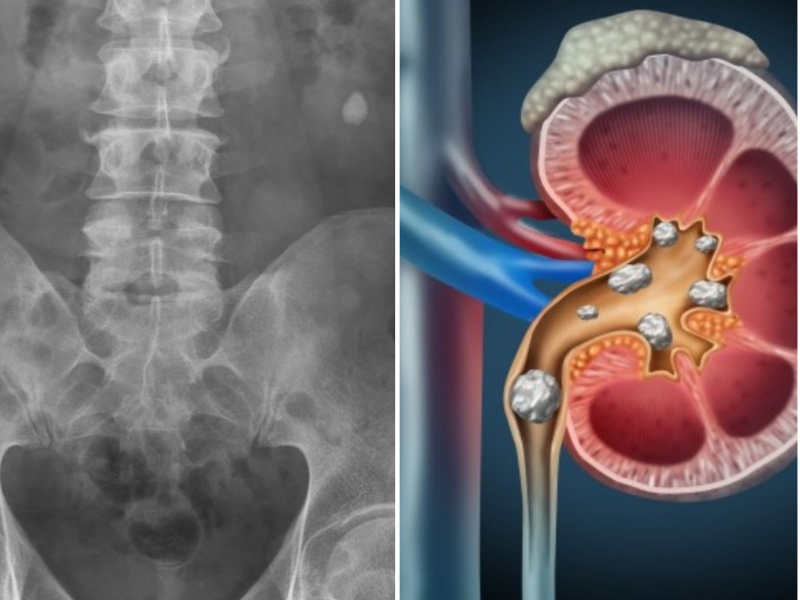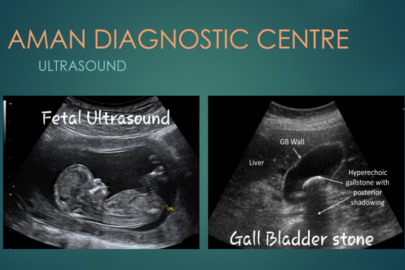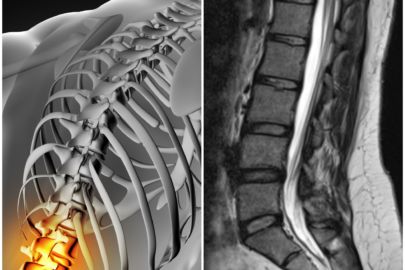Patients with kidney stones can be asymptomatic or may present with unilateral flank pain and tenderness, colicky pain radiating to the groin, and hematuria (blood in urine).
There are four major types of kidney stones: calcium oxalate/calcium phosphate, uric acid, struvite (magnesium ammonium phosphate), and cystine.
A risk factor regardless of the type is dehydration. Drinking 2 liters of water a day reduces the likelihood of stone occurrence.
Calcium oxalate stones are the most common type of kidney stones, people with calcium kidney stones should not cut back on dietary calcium. In fact, they should consume the recommended daily allowance of calcium (1,000 mg/day for women younger than 50 years old and men younger than 70, and 1,200 mg/day for women over 50 and men over 70). Why? Calcium binds to oxalate in the intestine and prevents its absorption, so there is less oxalate in the urine to form stones. Ideally, calcium should come from food, not supplements.
Foods high in oxalates (nuts, spinach, potatoes, tea, chocolate, and tomatoes) can increase the amount of oxalate in the urine, therefore these should be used in less quantity.
Decreasing dietary sodium also decreases recurrence.
As most kidney stones are visible on X-ray ( because most of them are radio-opaque), X-ray is used as the initial investigation,
while Ultrasound and CT Scan to have a role in diagnosis.





